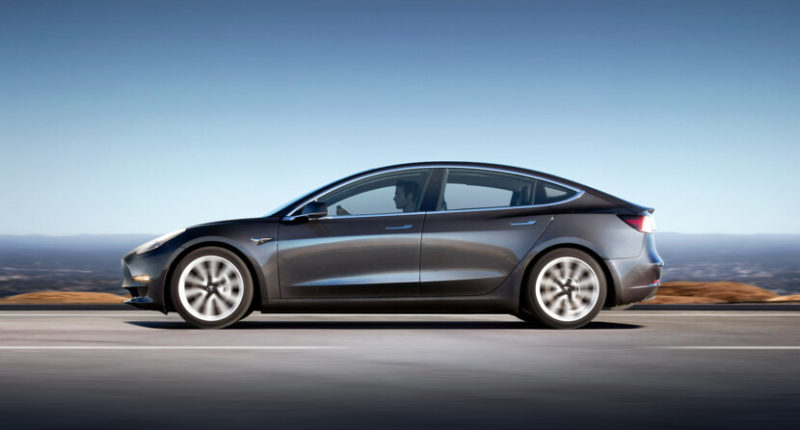On Wednesday, Tesla Model 3 passed the European New Car Assessment Program (Euro NCAP) crash tests effortlessly achieving a 5-star rating at the prestigious Euro NCAP. During the tests, it demonstrated recent and more advanced safety features introduced. These features are Lane Departure Avoidance (LDA), Emergency Lane Departure Avoidance (ELDA) and especially, the Automatic Emergency Braking (AEB).
The recent updates for AEB were provided to all Tesla vehicles built since October 2016 through an over-the-air software update earlier this year. AEB is integrated with Tesla’s Autopilot suite but is also available for vehicles that don’t have the Autopilot-assist. AEB which was designed to avoid frontal collisions with other cars, now automatically engage brakes when it detects the presence of a cyclist or a pedestrian in front of the vehicle.
AEB disengages the brakes when you press hard on the accelerator pedal, release the brake pedal, sharply turn the steering wheel or when no object is detected in front of the vehicle.
AEB has gained popularity among safety advocates and regulators since its release. The U.S. Department of Transportation’s National Highway Traffic Safety Administration said that will require the feature to be standard in all new cars in the US by 2022. Tesla has tweeted about these updates on Thursday which show these features in action.
Tesla has already earned a 5-star rating from NHTSA (National Highway Traffic Safety Administration) and has scored the lowest probability of injury of any car ever evaluated by the U.S. New Car Assessment Program in an assessment carried out in October 2018.
“As Model 3 continues to earn the highest safety ratings around the globe, we hope that it translates into one very important point for our customers – peace of mind knowing that their car is helping them drive safely,” Tesla said in its blog after its Model 3 successfully passed the Euro NCAP.
FEATURED IMAGE : FLICKR // CC 2.0
The Tech Portal is published by Blue Box Media Private Limited. Our investors have no influence over our reporting. Read our full Ownership and Funding Disclosure →






